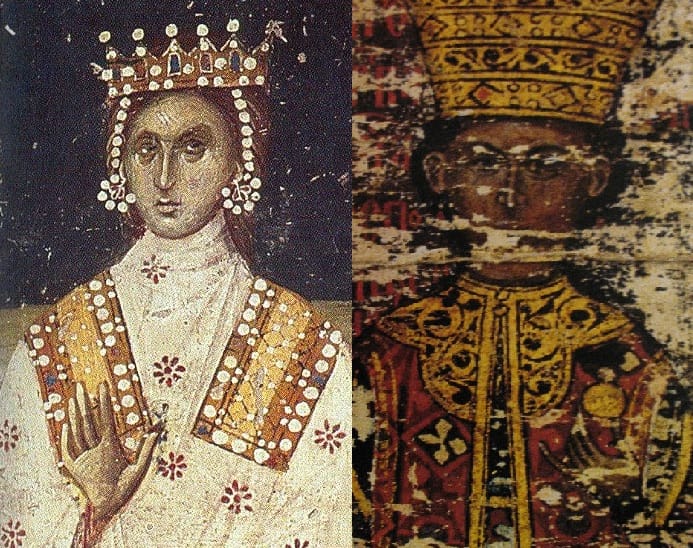Mara Brankovic: A Bridge Between the Christian Balkans and the Ottoman Empire
Legacy of a powerful mediator

Mara Brankovic: A Bridge Between Worlds in the Ottoman Empire
Mara Brankovic, a Serbian princess and one of the most fascinating women of her time, played a pivotal role in the Ottoman Empire’s history during the 15th century. As the wife of Sultan Murad II and an influential figure in Sultan Mehmed II’s court, Mara symbolized a cultural and political bridge between the Christian Balkans and the expanding Islamic Ottoman Empire.
Mara’s Origins and Marriage to Sultan Murad II
Born into the powerful Brankovic dynasty, Mara was the daughter of Djuradj Brankovic, the Despot of Serbia, and Eirene Kantakouzene, who had ties to the Byzantine imperial family. In 1435, Mara was sent to the Ottoman court to marry Sultan Murad II as part of a political arrangement to secure peace between Serbia and the Ottomans.
Though the marriage was primarily political, Mara’s life at the Ottoman court went beyond her role as Murad’s wife. She retained her Christian faith, which later allowed her to serve as a mediator between the Orthodox Christian world and the Islamic Ottoman court.
Influence During Mehmed II’s Reign
After Sultan Murad II’s death, Mara chose not to remarry and continued to exert influence at the Ottoman court. While not the biological mother of Mehmed II, she became a trusted advisor to the young sultan. Her unique position, as a Christian noblewoman deeply familiar with both Byzantine and Ottoman customs, made her an invaluable asset during Mehmed’s reign.
Mara’s knowledge of Orthodox Christian politics and her connections with European rulers positioned her as a diplomat and intermediary. During Mehmed II’s conquest of Constantinople in 1453, she played a subtle but significant role in maintaining dialogue between the Ottomans and Christian communities. She also supported efforts to preserve Byzantine cultural and religious traditions, as seen in her connection to Mount Athos and other Orthodox monastic centers.
Keeper of Byzantium’s Flame
As described in The Keepers of Byzantium’s Flame, Mara Branković embodied the complex relationship between the remnants of the Byzantine world and the rising Ottoman Empire. Her actions ensured the survival of key aspects of Byzantine culture within the Ottoman realm. She facilitated the protection of Orthodox Christian sites and served as a patron of the arts, ensuring the continuation of Byzantine traditions even under Ottoman rule.
Mara’s legacy is often tied to her role in safeguarding the Orthodox Christian faith and her efforts to promote understanding between two vastly different worlds. Her life exemplifies the delicate balance between diplomacy, cultural preservation, and political influence.
Legacy and Historical Significance
Mara Branković’s life was a testament to the power of diplomacy and the enduring influence of women in history. As a Serbian princess, an Ottoman sultana, and a bridge between Christian and Islamic worlds, she navigated a turbulent era with grace and intelligence. Her efforts to preserve cultural and religious traditions, even in the face of monumental change, make her an enduring figure in the history of the Balkans and the Ottoman Empire.





